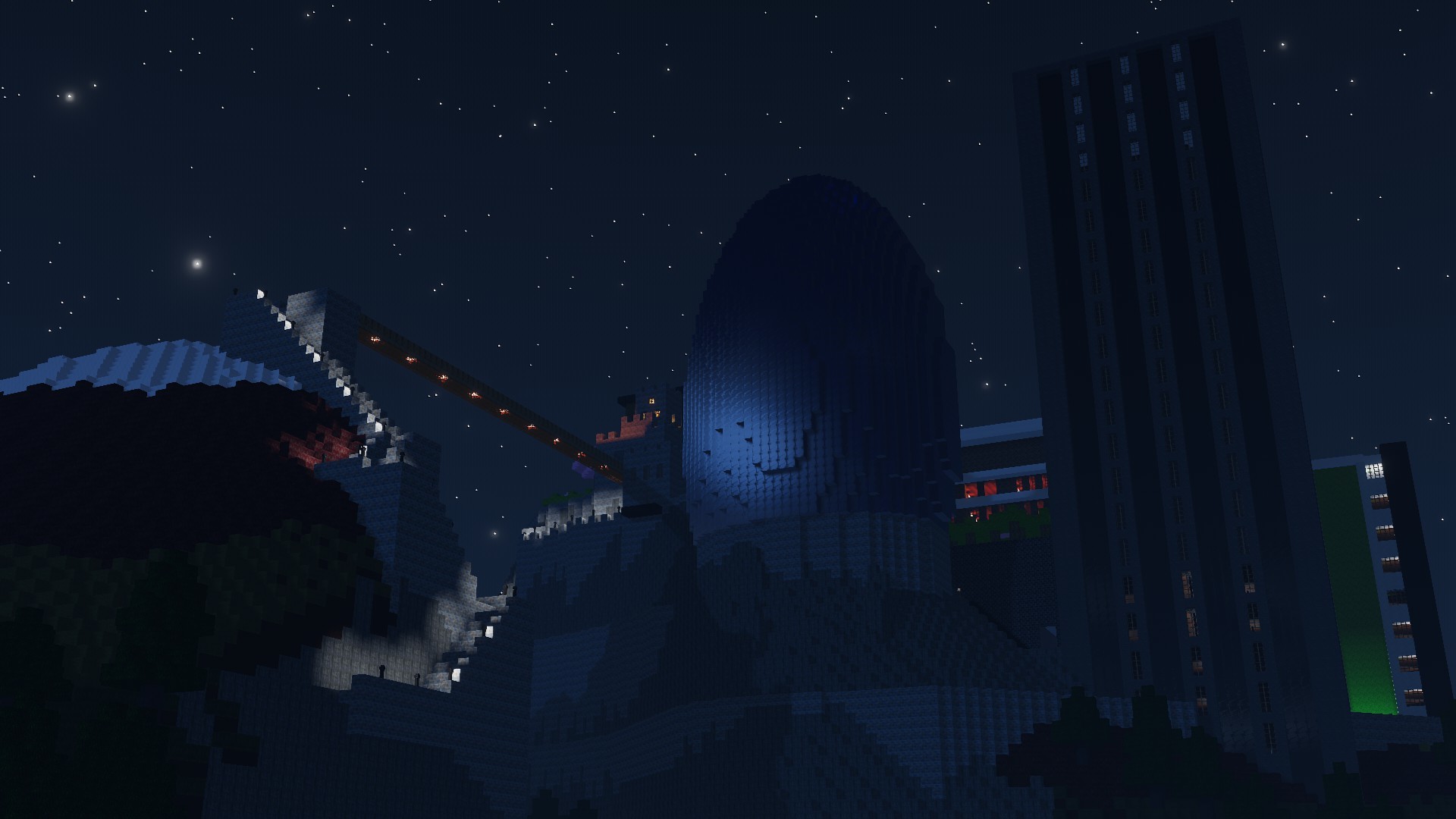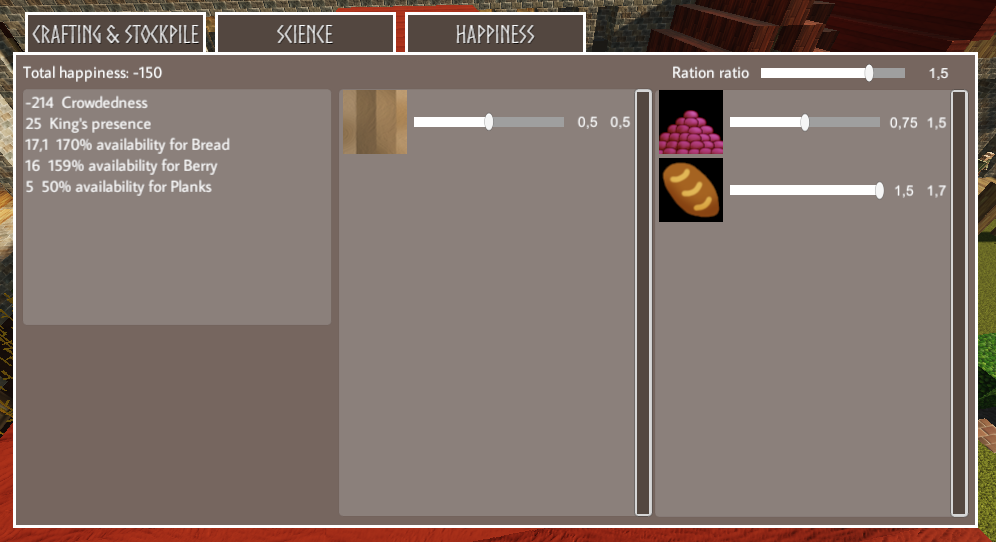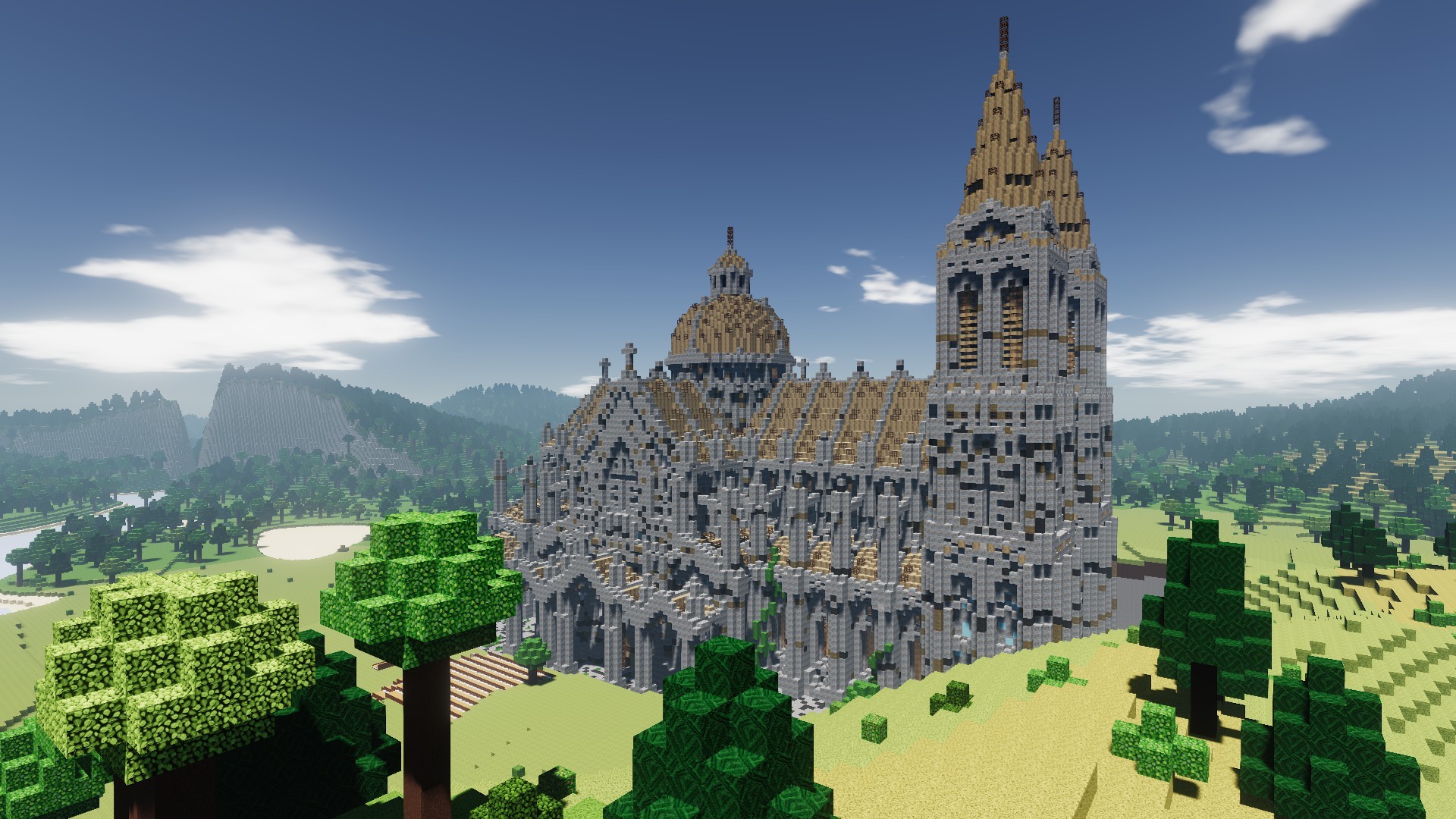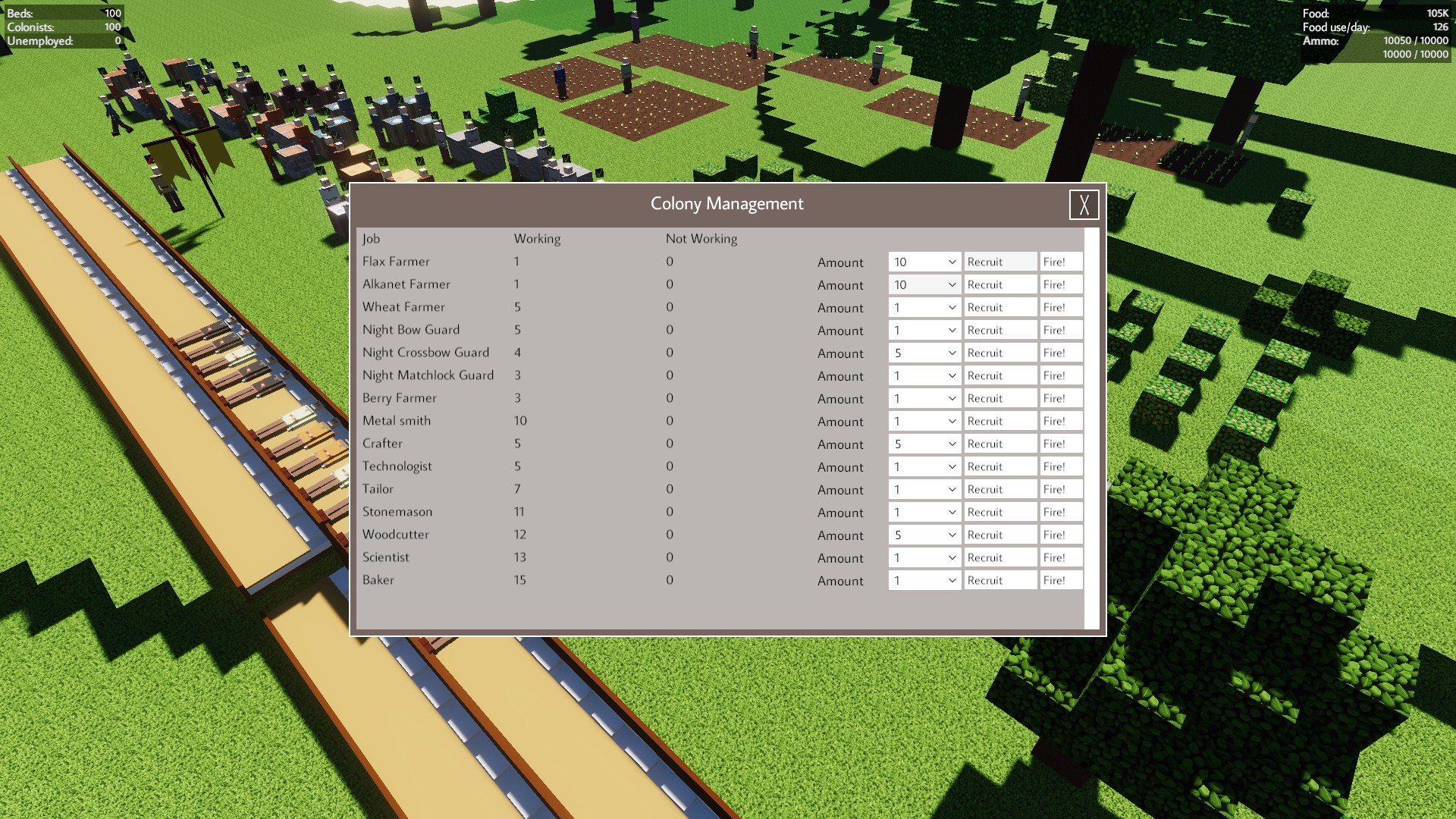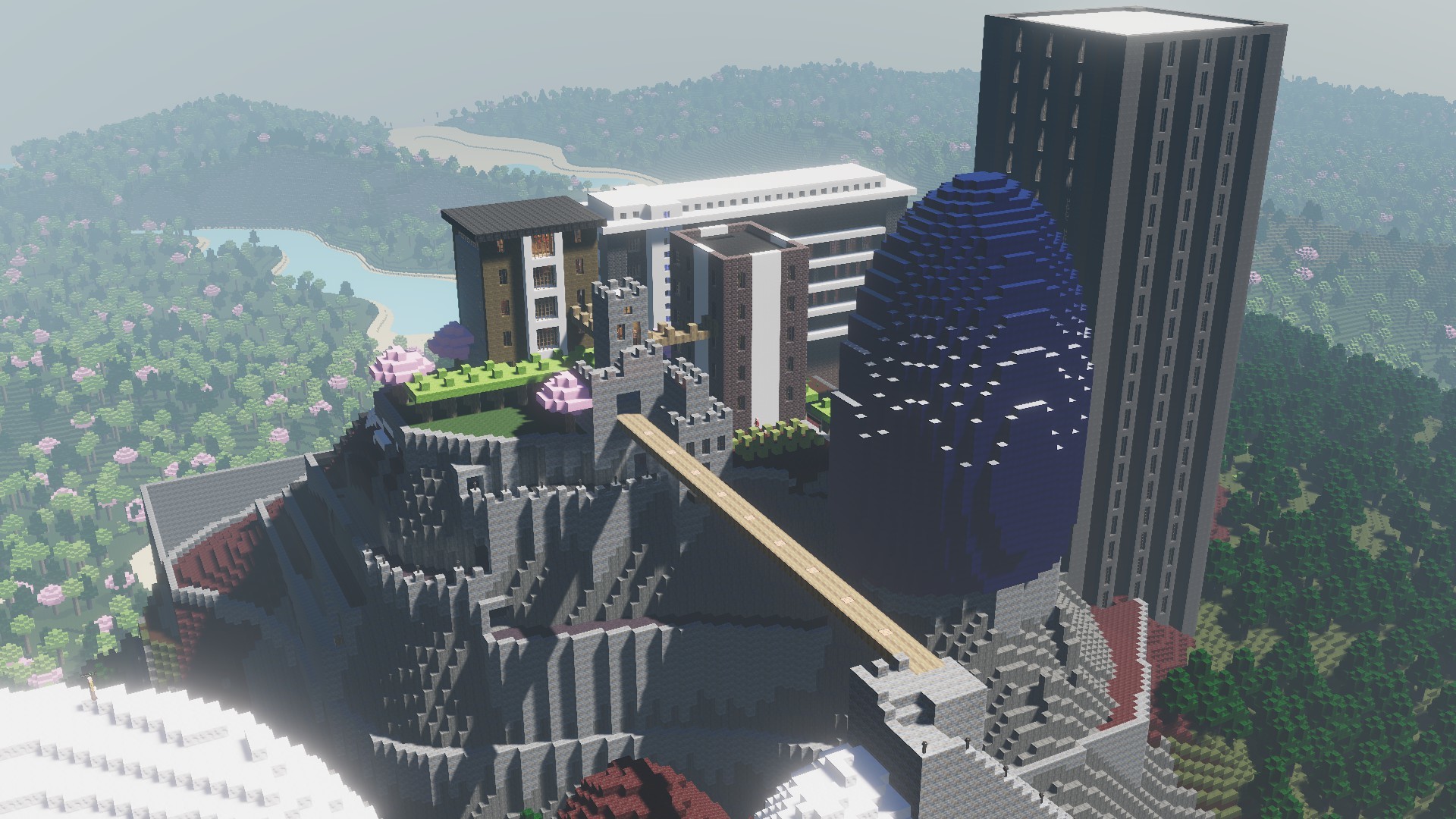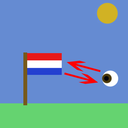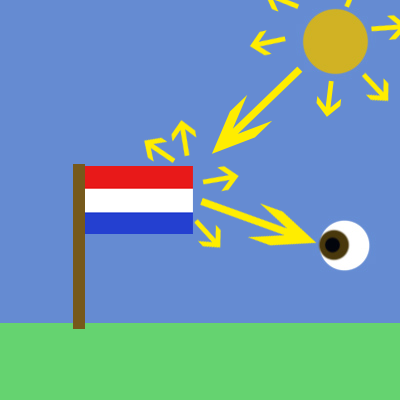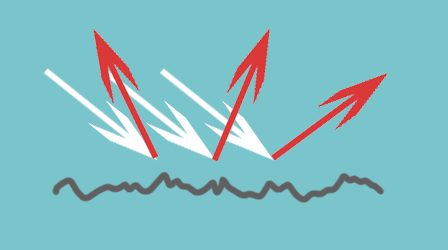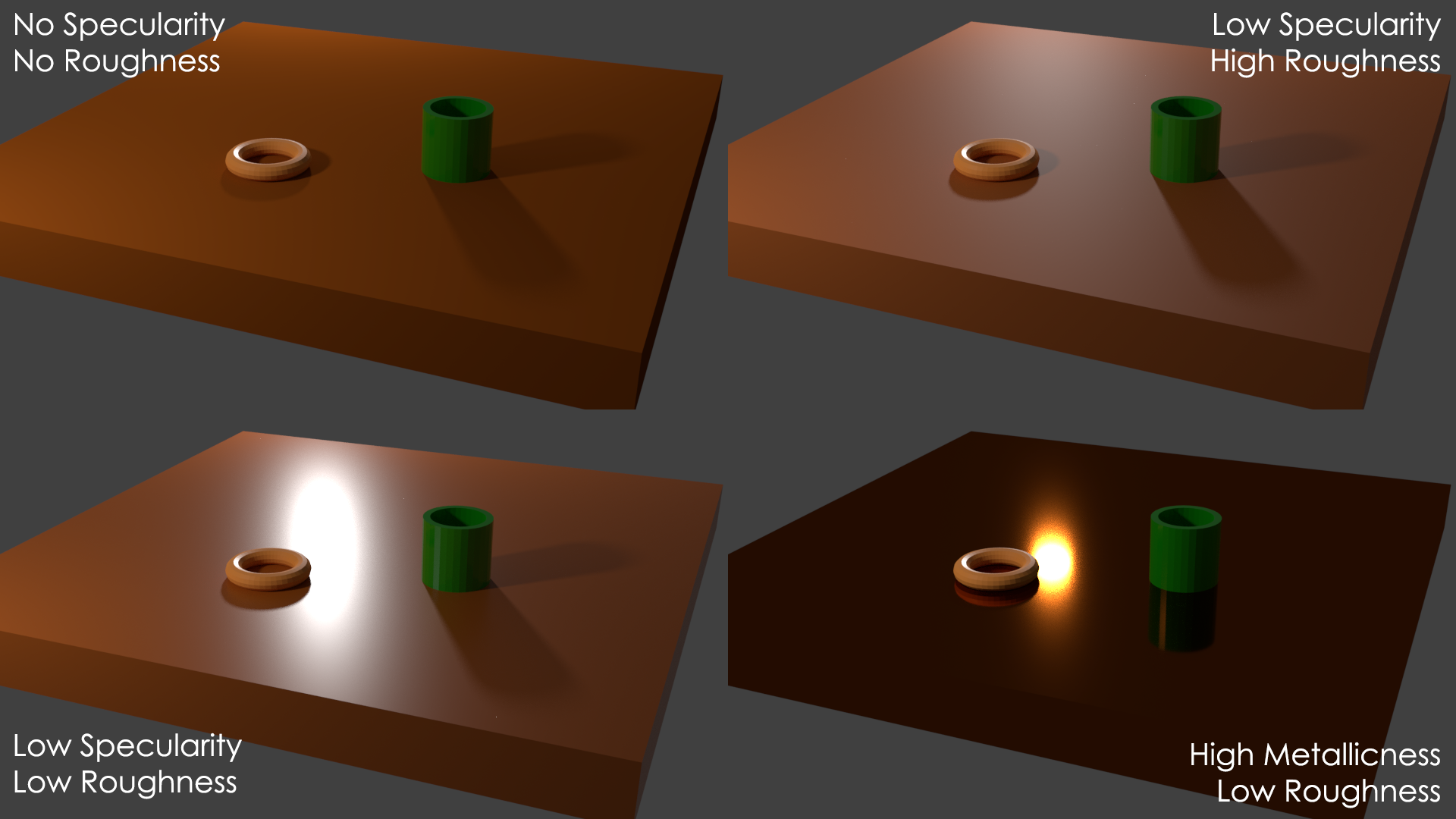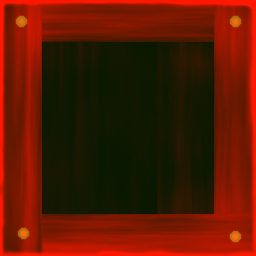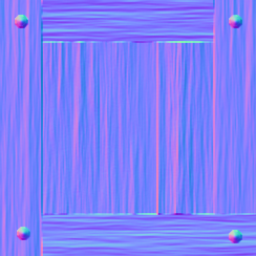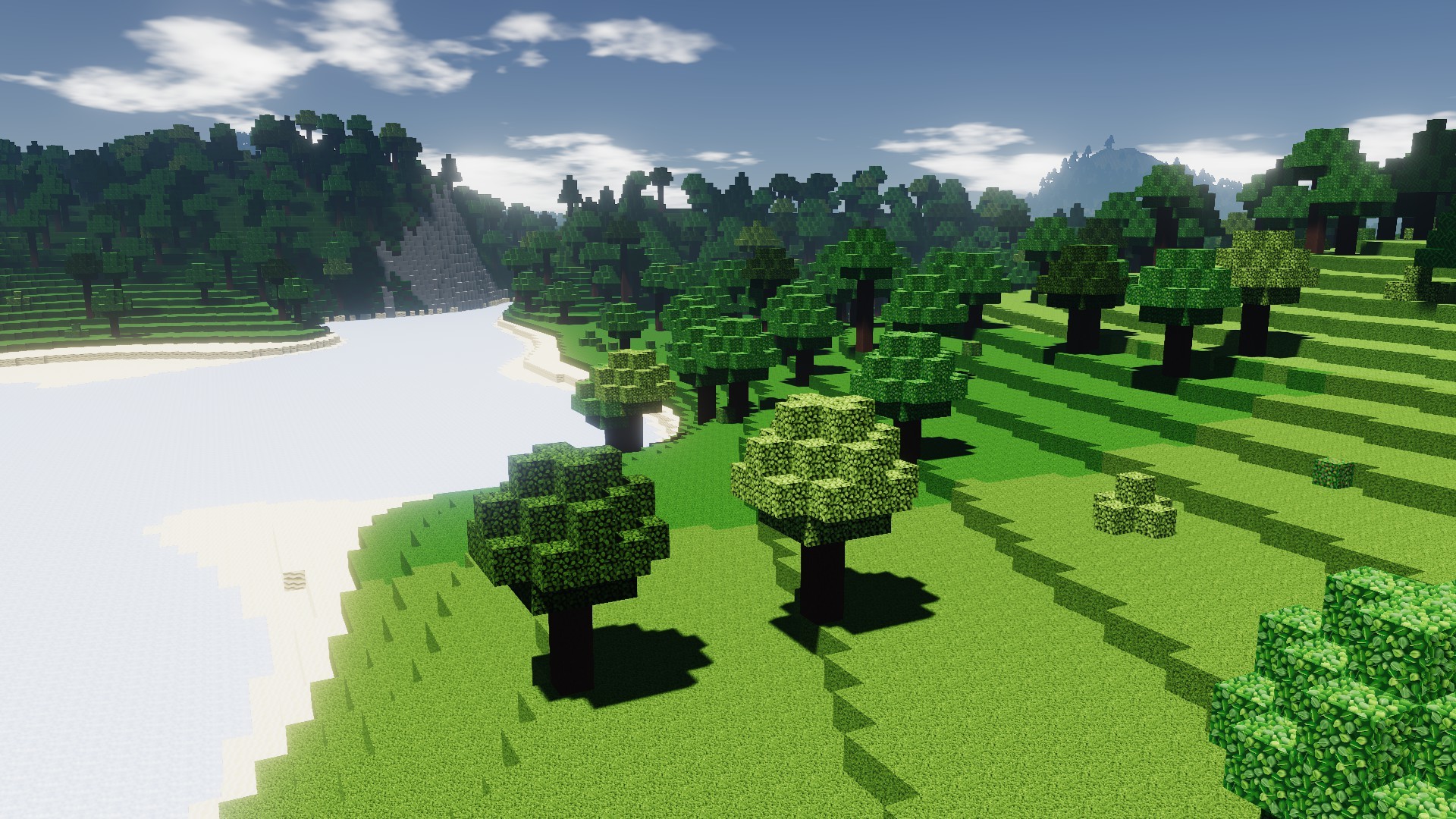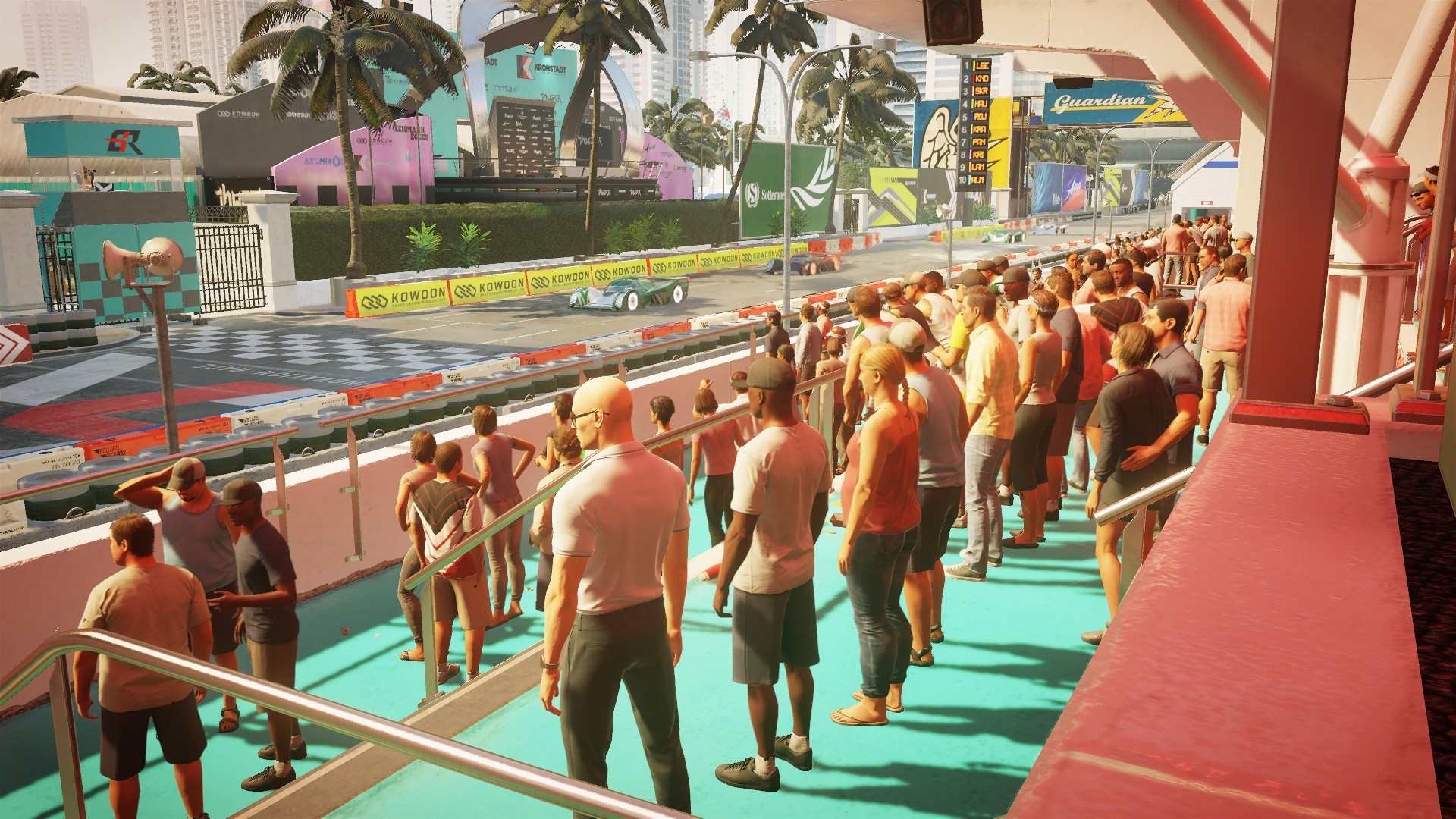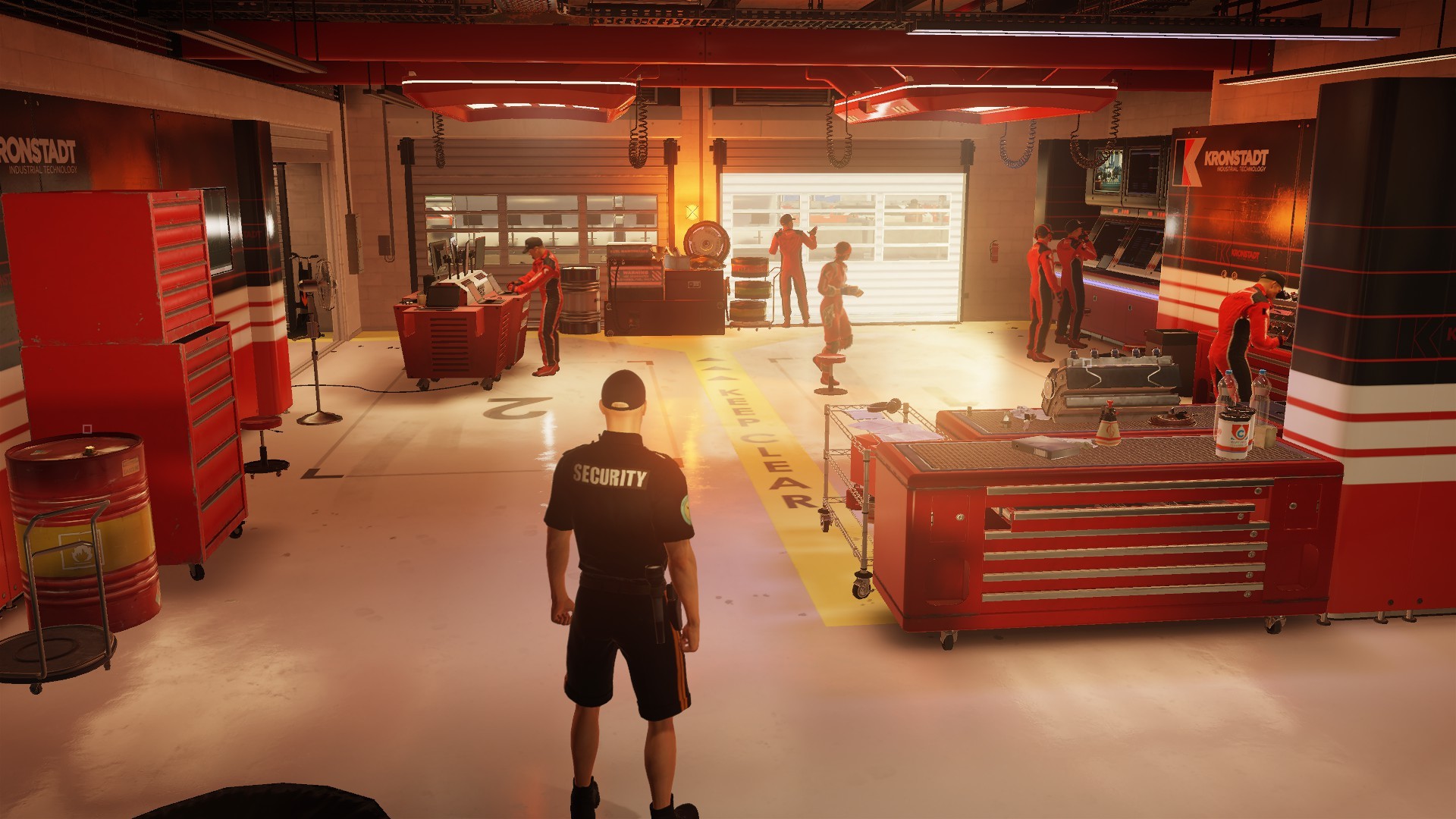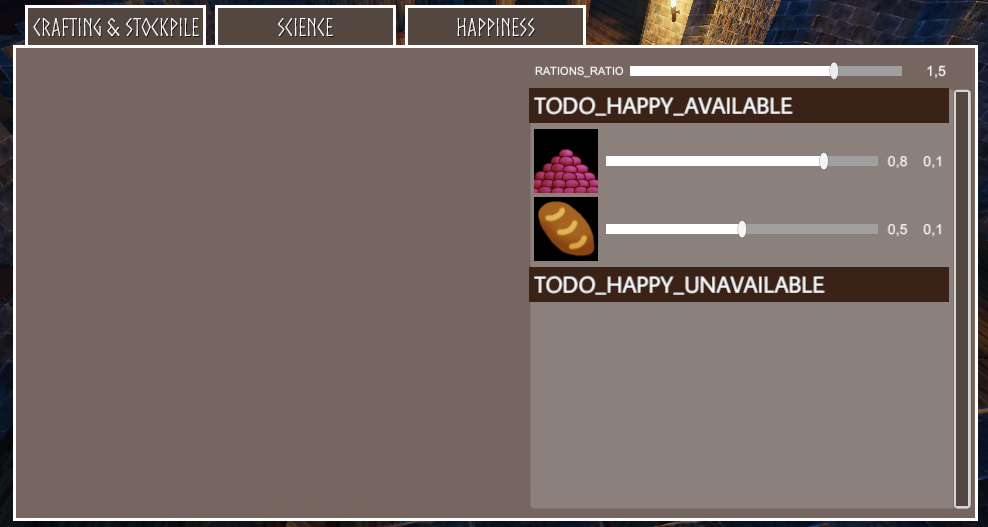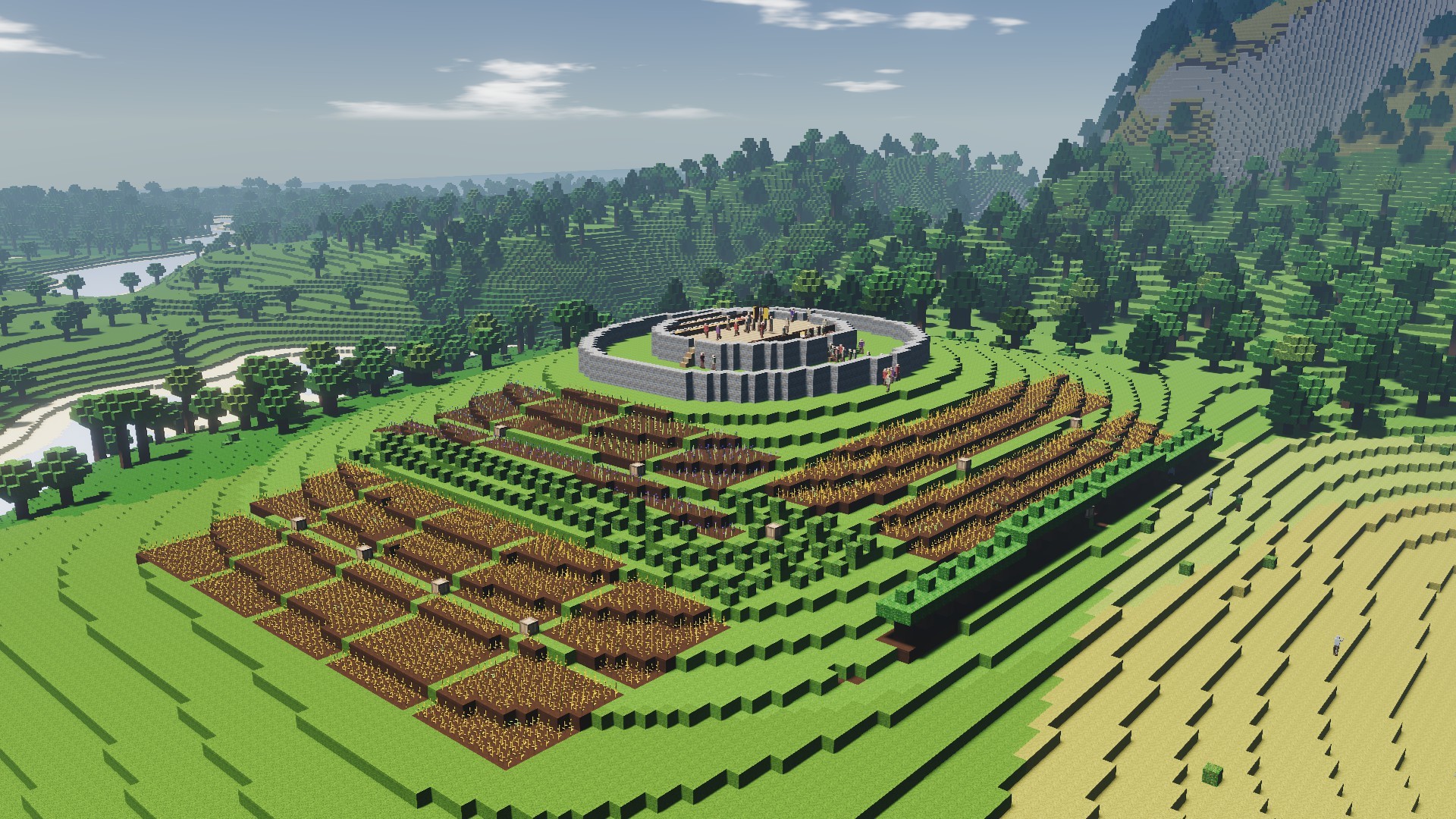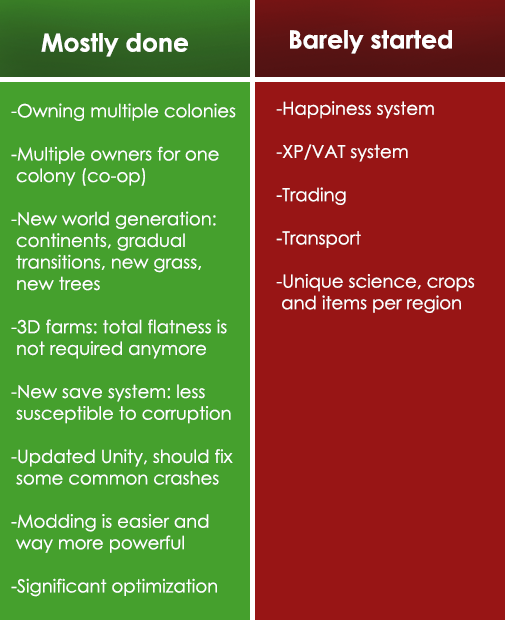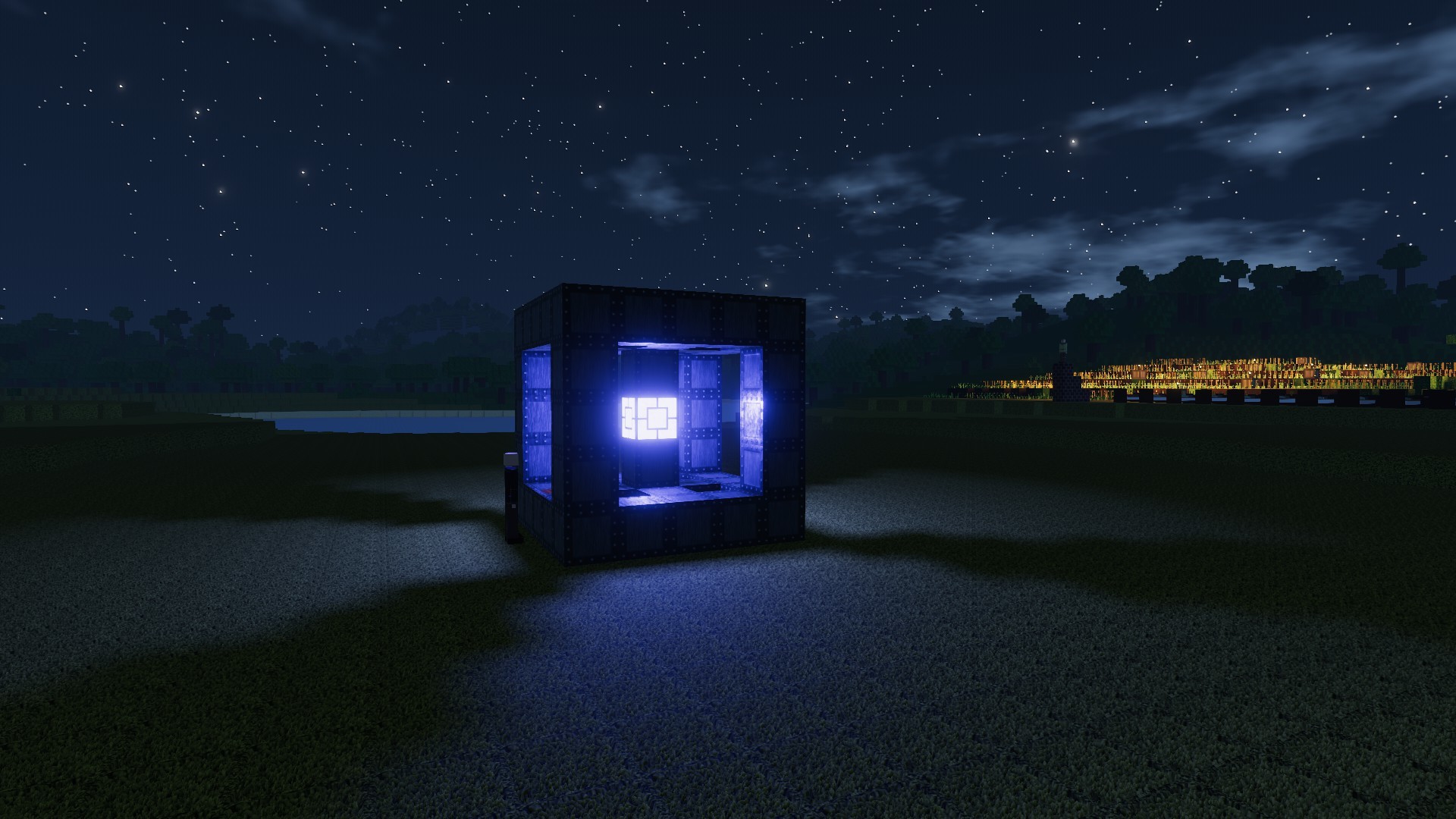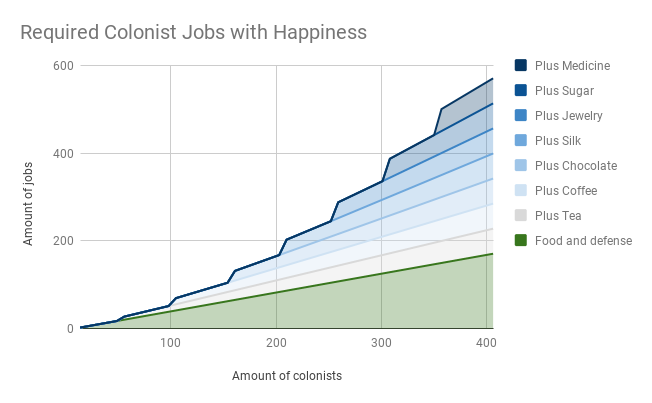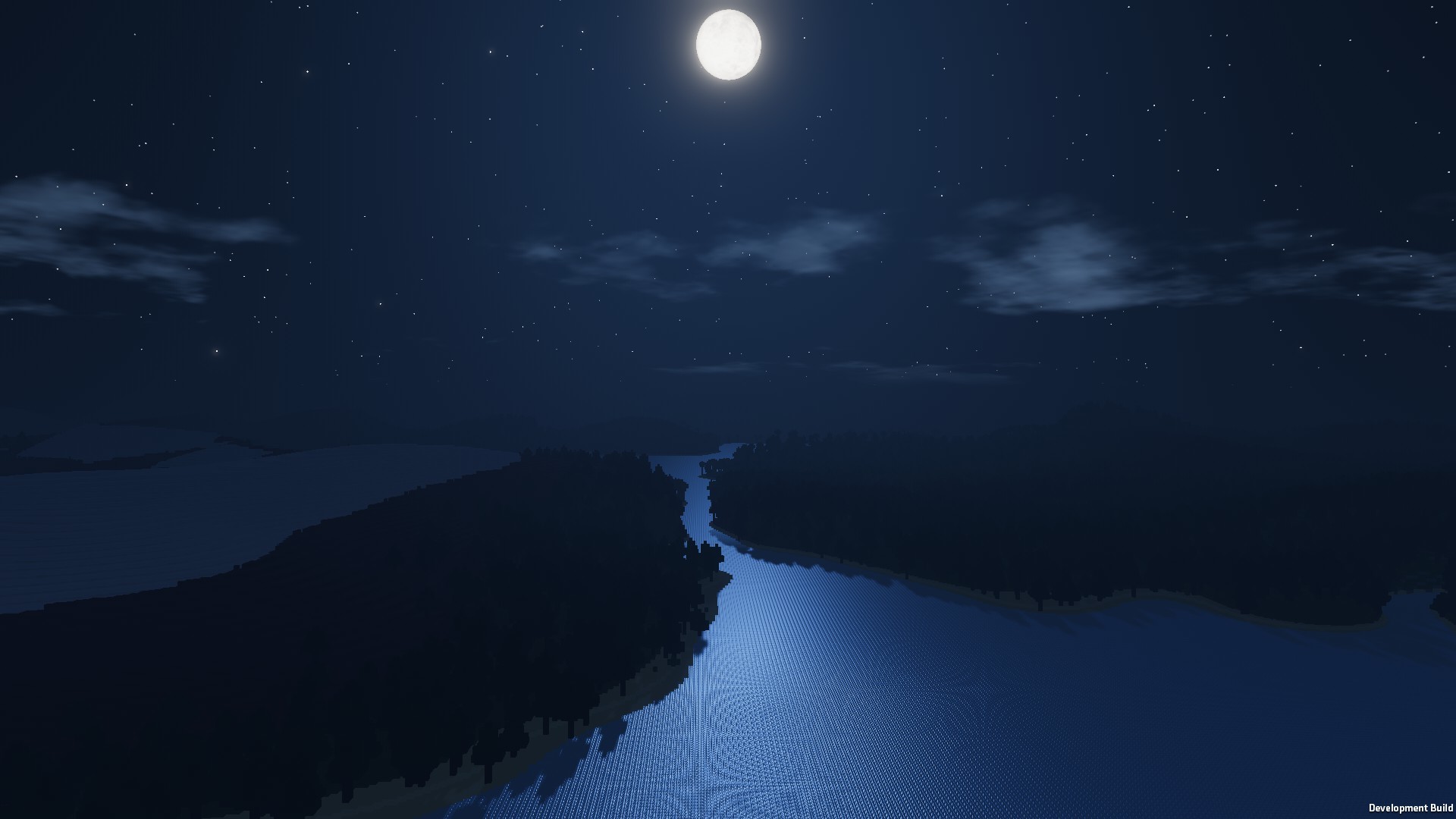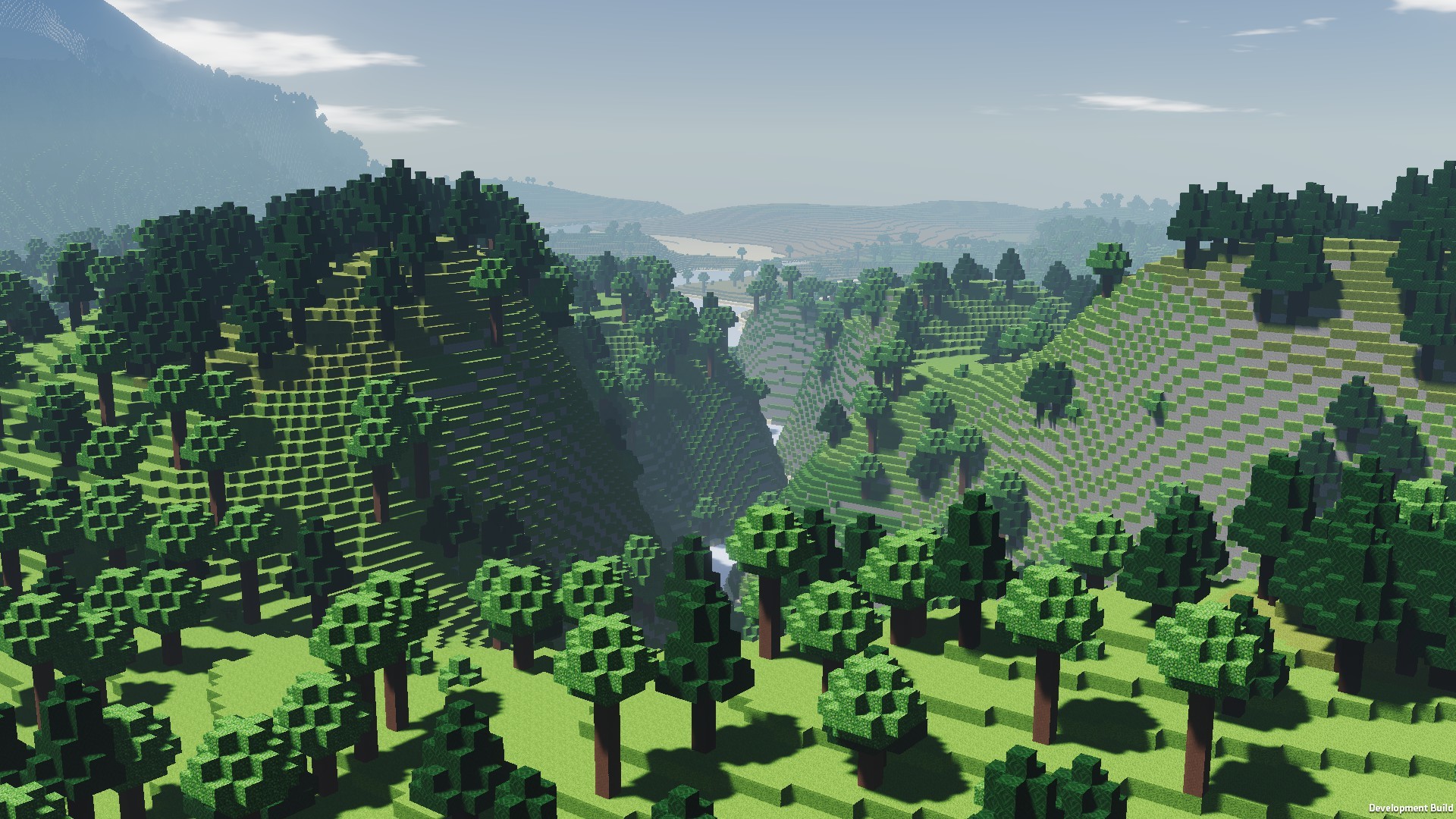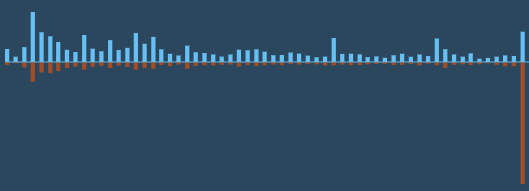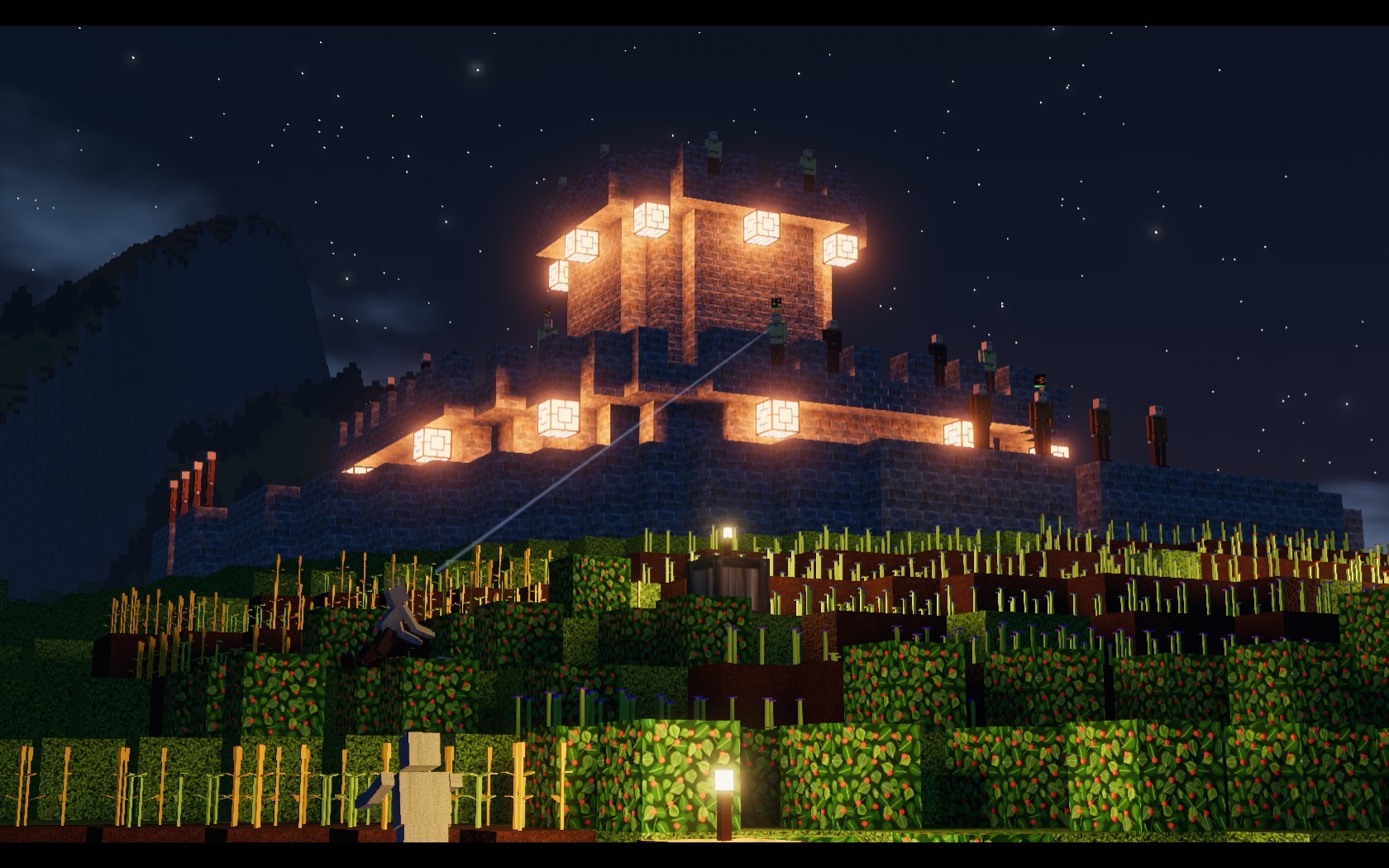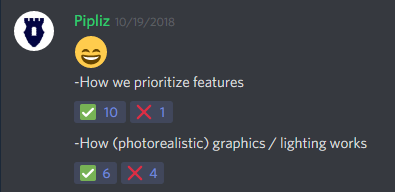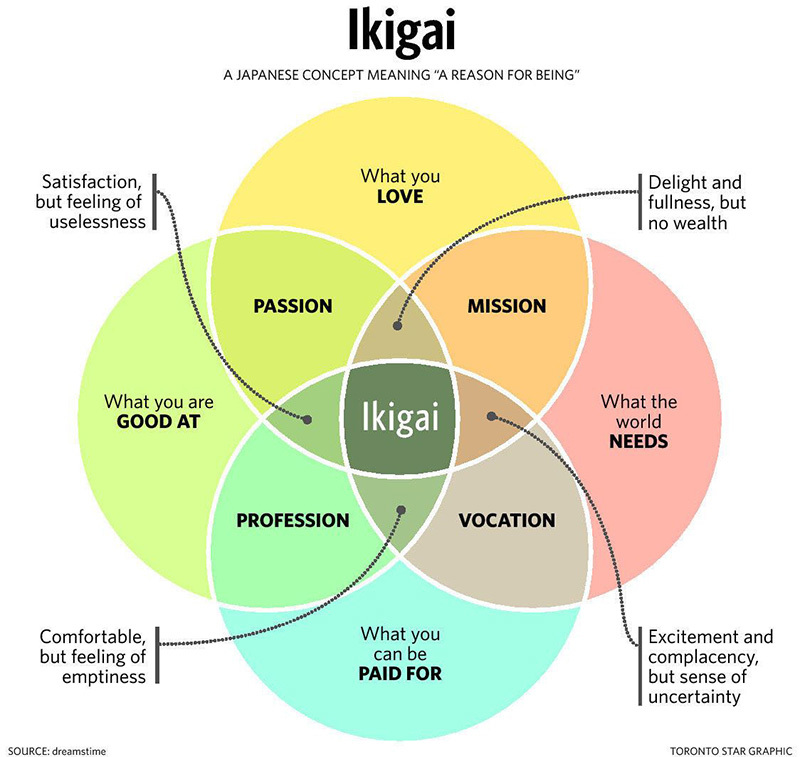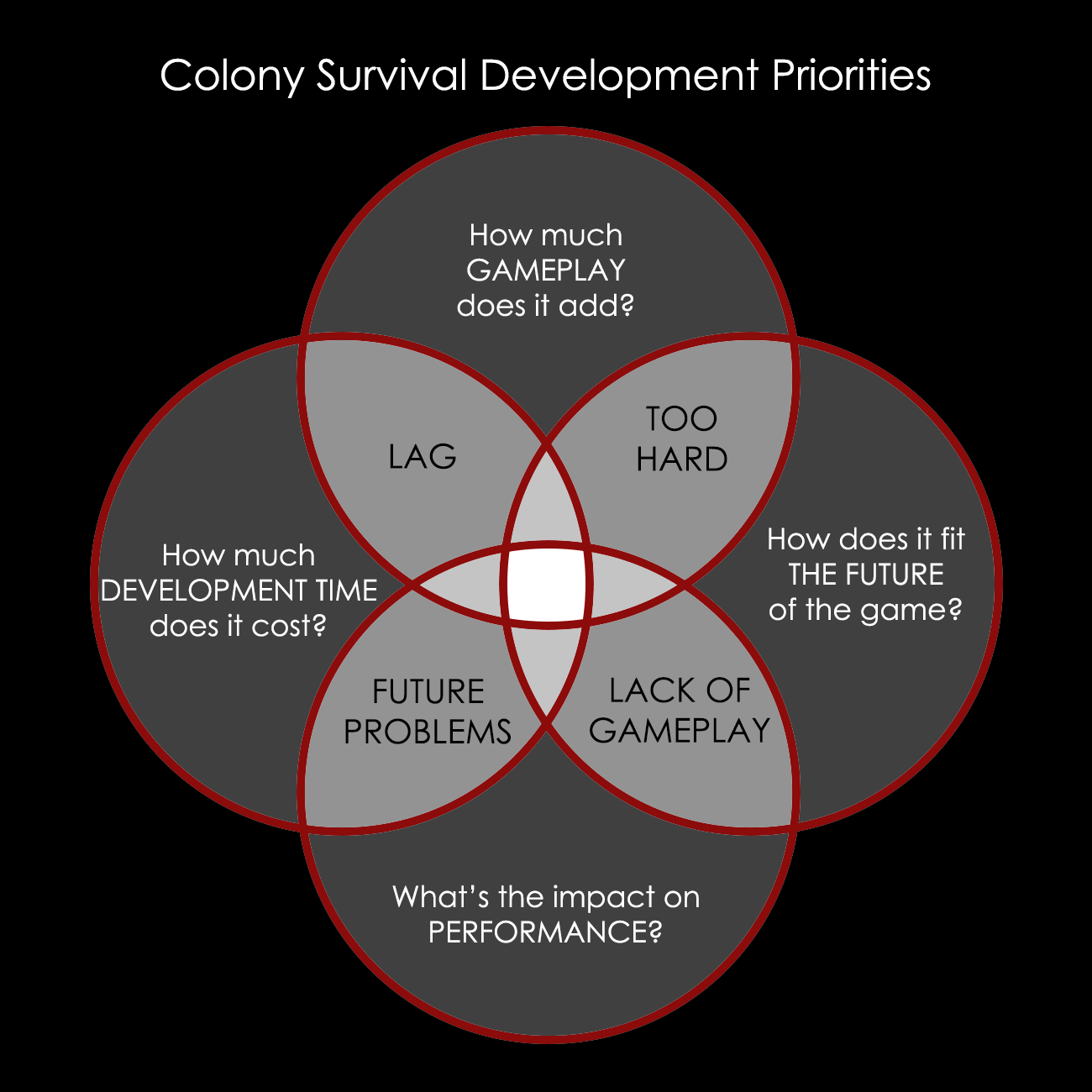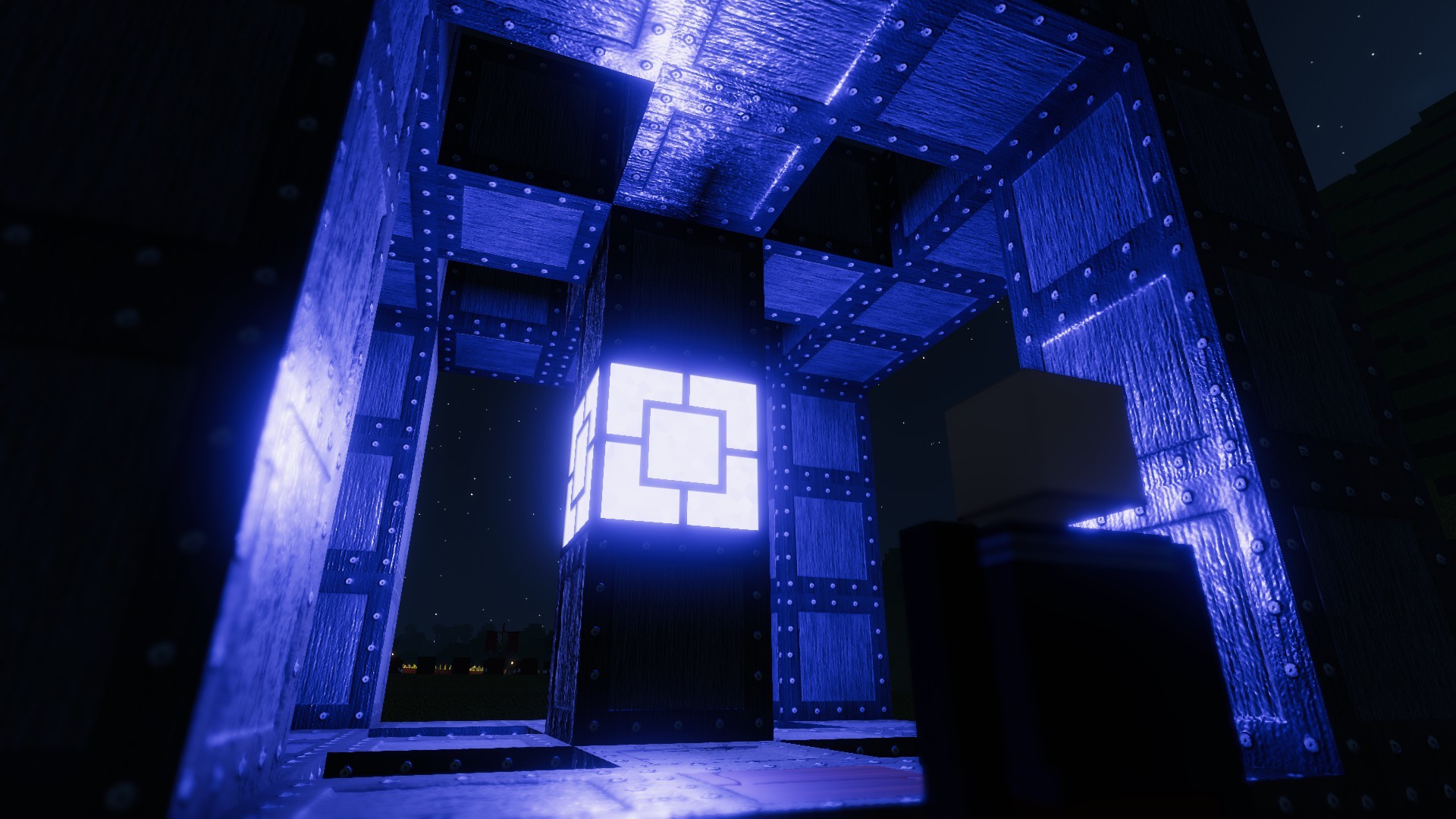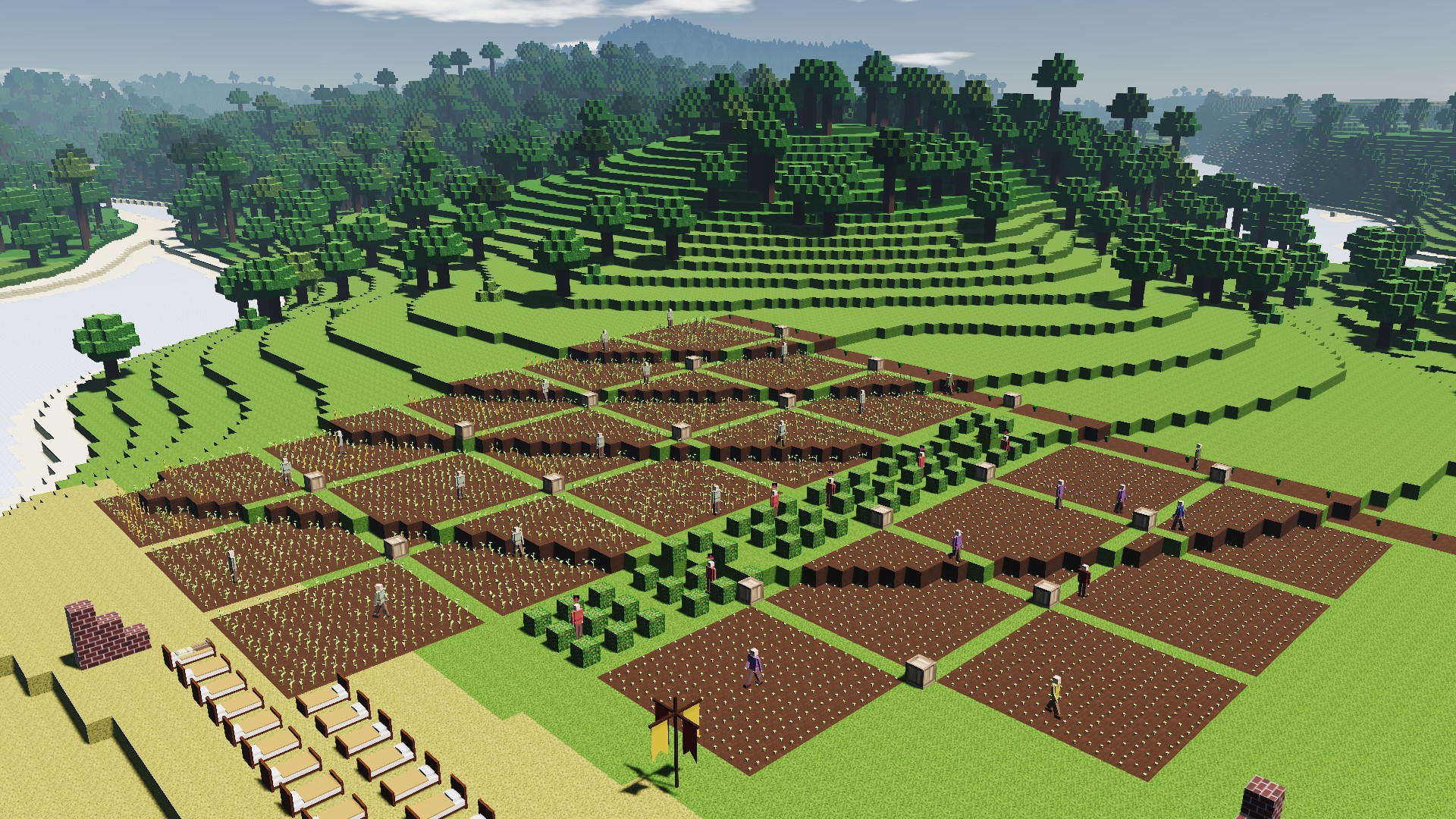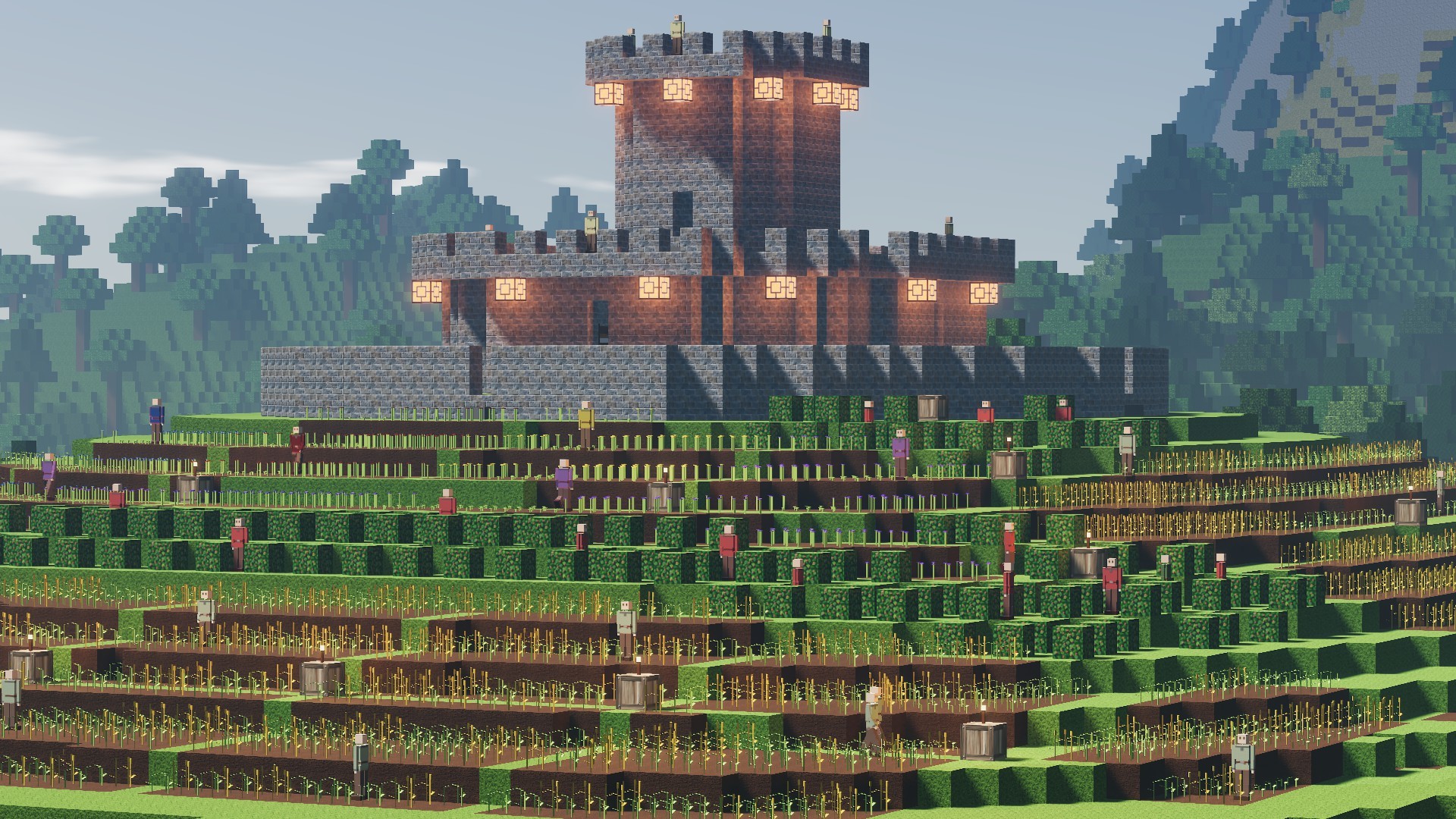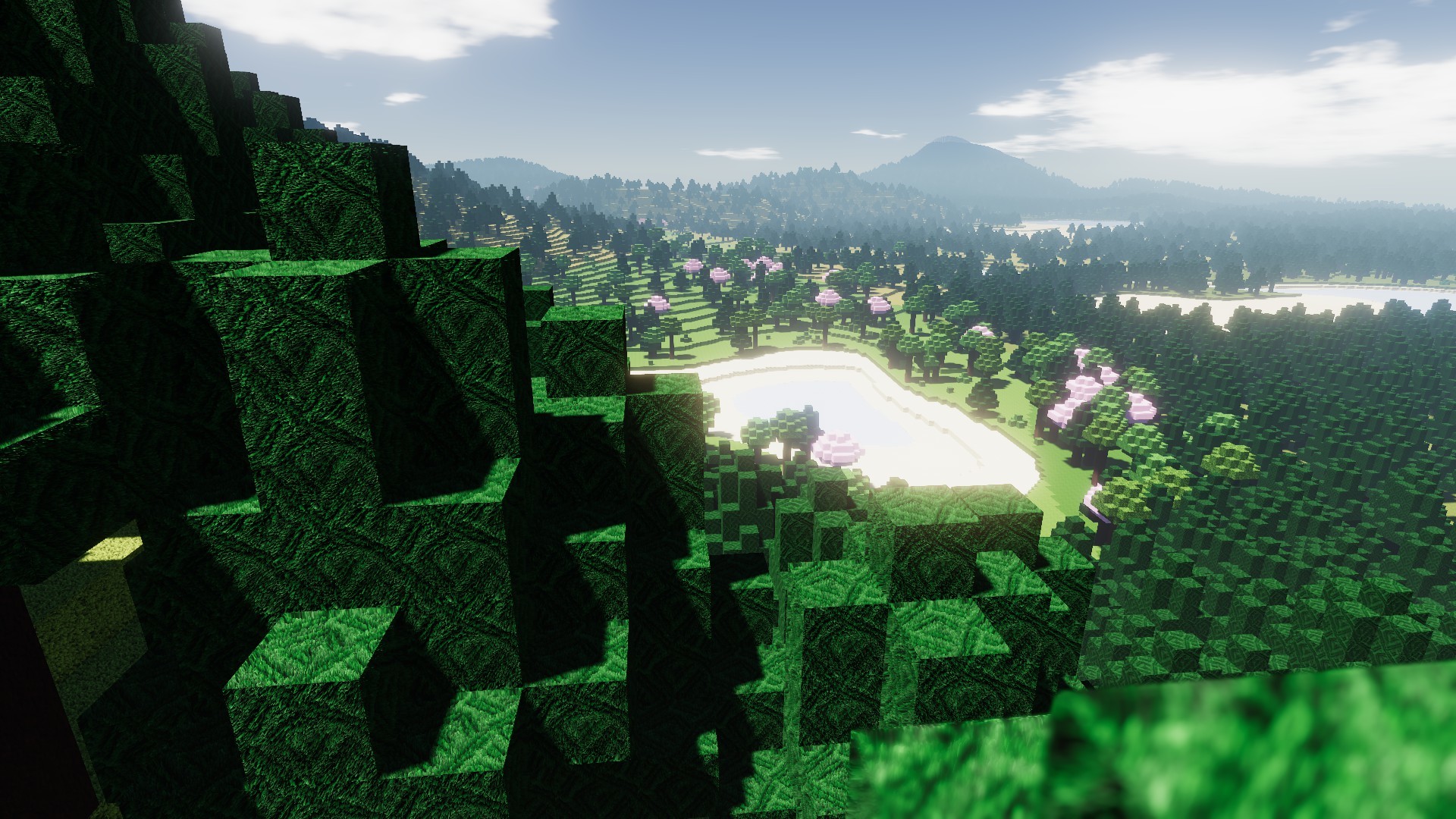
Colony Survival - Pipliznl
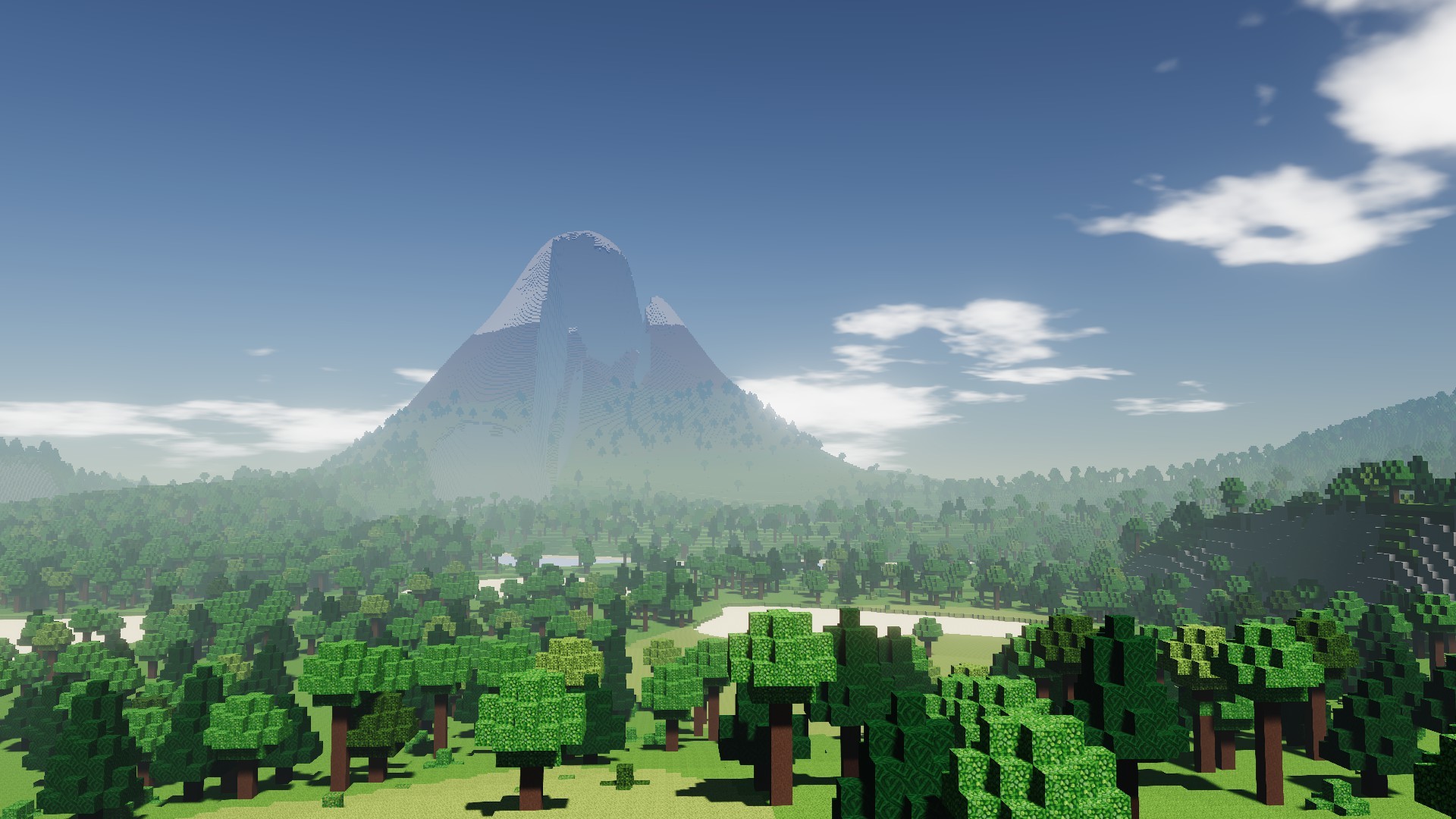
Today marks the start of the Perpetual Testing Initiative! In the past, testing has been sporadic, limited and temporary. 0.7.0 is the biggest update in the history of Colony Survival, and it changes a lot. Dozens of technical systems have been refactored, and the update isn't finished yet. We'll need very thorough testing, and once we've set up a group of testers, why end that when 0.7.0 is released? If the testers are willing, they can test 0.7.1 and later updates as well. That's why we call it the Perpetual Testing Initiative, and not "0.7.0 Alpha" :)
We've made a form that you can use to apply to become a tester. Here are the qualifications we're looking for:
- Owns Colony Survival and has joined the Discord.
- At least 16 years old (GDPR rules here)
- Has played Colony Survival pretty extensively
- Good English writing skills
- Has time to test the game pretty frequently and to summarize his or her experiences
- Has "general gaming experience", can say some intelligent things about gaming in general
- Some technical experience
- Our group of testers should include a diverse range of hardware and software, for example laptops and gaming PCs, Windows & Linux, etc.
We're going to be watching the results, and we'll probably select the first batch of testers somewhere around Christmas. Don't despair if you have not been chosen! We need to know how people respond to 0.7.0 without any experience with the update, so we'll regularly need new testers to see how they react when they encounter the new features for the first time.
Testing is going to happen on Discord. "Tester" will be a new role with access to exclusive channels. That's why joining the Discord is a prerequisite to becoming a tester. You'll need to enter your Discord username in the form, and it's very important that you do this correctly. It's our only way to contact you. Discord automatically generates a four digit identification code that makes sure we contact the right person. On the desktop software, it's always visible in the bottom left. In the app, you'll need to press the three horizontal bars in the top left to open the menu where the code is visible in the bottom left as well. Please enter your full Discord name and the four digit code!

If you've read everything above, and you're willing to dive into a half finished, buggy alpha, here's the link to the Application Form! :)
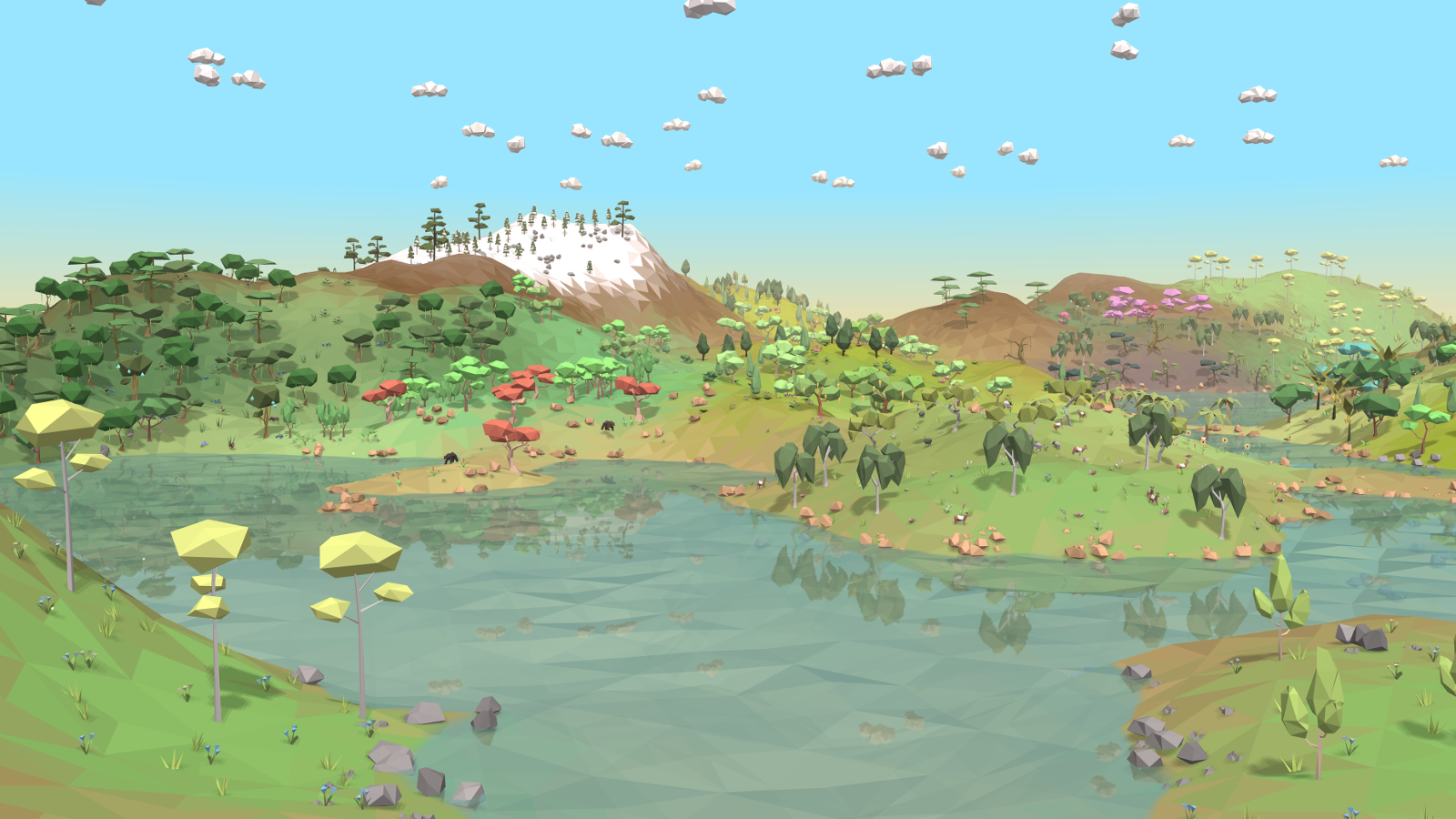
Equilinox Contest
A couple of weeks ago, Equilinox was released on Steam. It's a beautiful indie game made by a very communicative developer, which is scoring an overwhelmingly positive review score (we're jealous!). The game has been in development since 2015 and he's been documenting the entire process in weekly devlog videos on his YouTube Channel.
Equilinox features hundreds of different plants and animals. They've all got their own unique preferences. It starts out simple, with some sheep and grass. To unlock new species, you need to accomplish a diverse range of tasks. Use selective breeding to evolve larger species or new colors. Provide nuts to your squirrels, let fox hunt chickens or harvest honey. Eventually, you'll be running large and complex ecosystems!
We're organizing a contest that allows you to win 1 of 10 free copies of Equilinox. Equilinox is all about providing your plants and animals with a suitable habitat. Up to this point, that has been pretty unimportant in Colony Survival. Working all day and spending their nights in a dark cave with 1000 beds crammed together is not a problem for your colonists. That won't hold true in the Equilinox Contest! To win the game, you'll actually have to display some tender loving care for your colonists. Design a world you'd actually like to live in, make a beautiful screenshot, and post it in the #submissions-only Discord channel. The ten best screenshots win a free Steam Key for Equilinox!
You need to get the "verified" role in Discord before you can submit images. Post a simple message in #introductions or #general and as long as it's not in the middle of the European night, you'll be verified pretty quickly.
Rules:
- You're allowed to post only one submission. You're allowed to remove it and upload a new one when the old one is gone.
- Submissions have to be uploaded before Christmas Morning, December 25, 10AM Central European Time.
- You're allowed to use mods
- You're not allowed to use the 0.7.0 development branch
- You're allowed to use Photoshop or similar software to edit the image

Colony Survival Progress
Last but not least, we've continued work on 0.7.0. One important new feature is "local servers". We got quite a lot of complaints about the server tool, because it required people to dig in their program files and launch external software. We've now developed a server that can be launched from the main menu! The biggest drawback is that it'll end when people quit the game, but that's not a problem if you just want to play co-op with a friend for a couple of hours.
Work on the happiness feature has continued as well. We're redesigning the entire early game to accommodate the new features. Some new jobs and items that have a high chance of being added in 0.7.0:
- Beekeepers (honey/wax can be used as a cooking ingredient and for wood polish, bow strings, wax tablets and candles)
- Olive trees and olive oil
- Water gatherers
- Fishermen
- Cabbages
- Chicken coops
- Books
- Jewelry
Bedankt voor het lezen!
Reddit // Twitter // YouTube // Website // Discord




